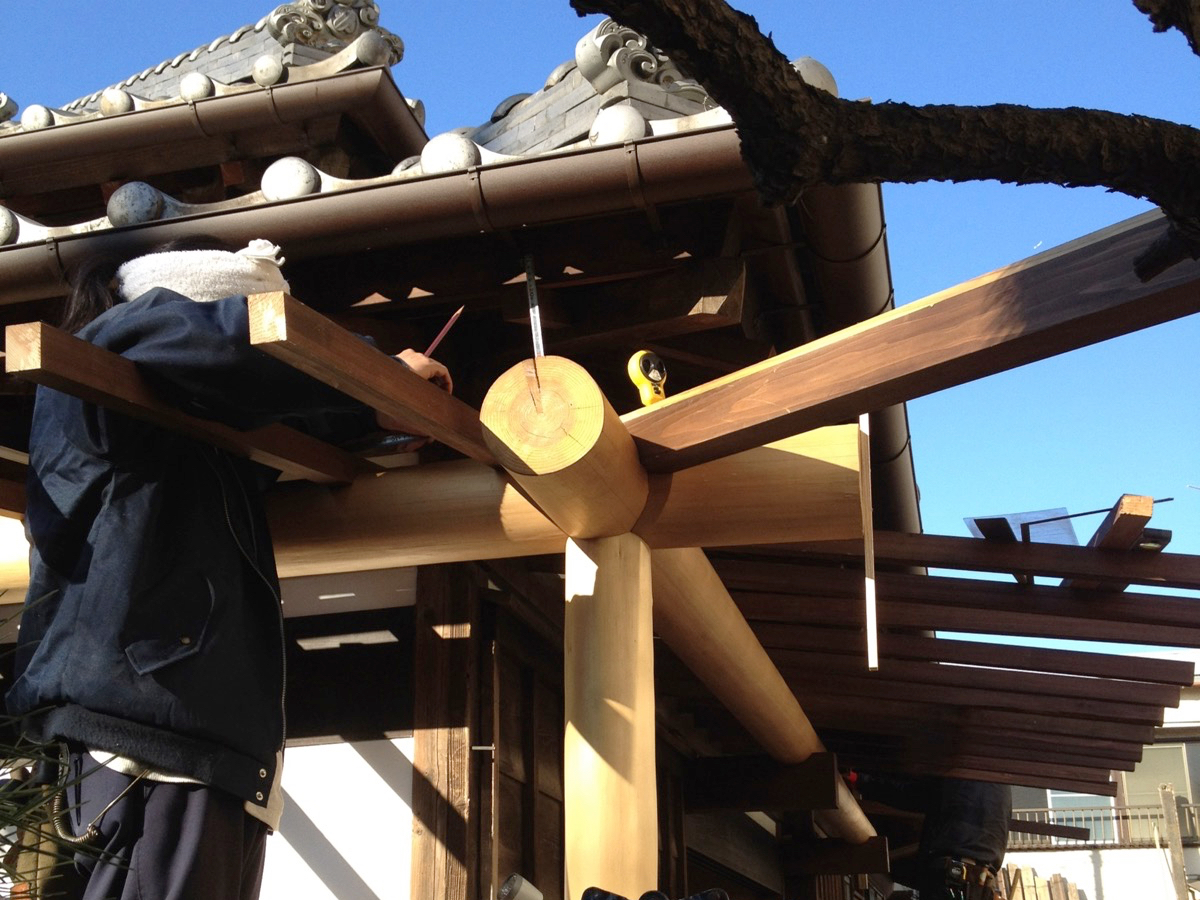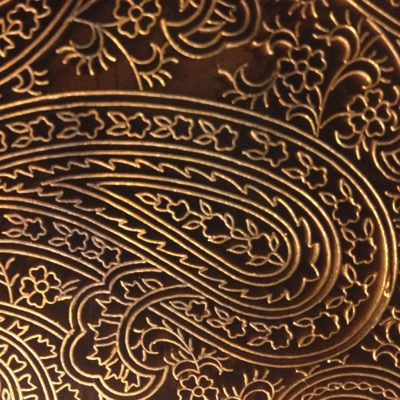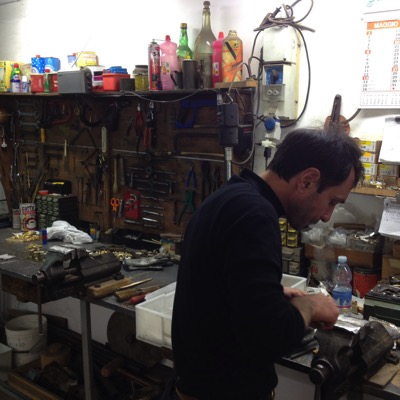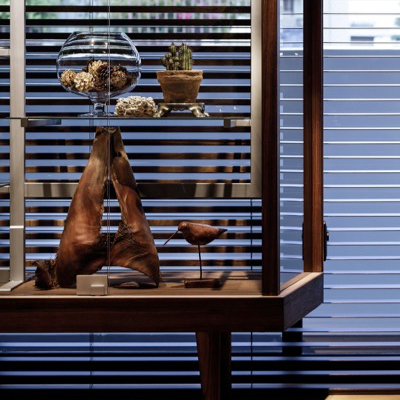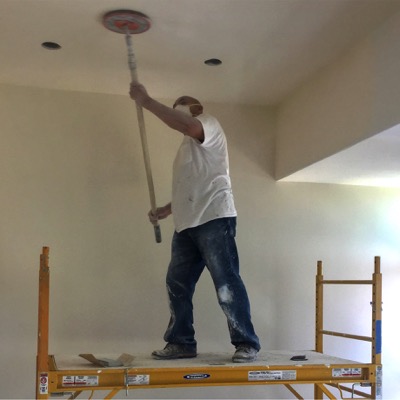From my experience of working as a Japanese miyadaiku (carpenter specializing in the construction of temples and shrines) and engaging in traditional wood construction, I think that the most significant aspect of the Japanese miyadaiku and traditional wood construction is the “flexibility” of the construction techniques.
Although there are easily comprehensive and interesting ways of explaining miyadaiku’s techniques such as “miyadaiku never use nails” or “they can plane a piece wood to create a perfectly flat surface”, these explanations only convey the details. The essence of the miyadaiku’s technique exists elsewhere in my view.
The word “flexible” signifies the state of being not “too soft or hard” and being able to “adjust to surrounding situations”.
What does a “flexible technique” actually mean then?
I would like to start by introducing tools. The tools miyadaiku use and bodies of the users or miyadaiku are correlated in delicate ways. All tools including a plane, chisel, and saw function as extensions of the user’s body while maintaining a delicate balance. If we place machines, which are “tools” capable of functioning constantly without being affected by the user’s physical conditions or skills, at one end of the spectrum, miyadaiku’s tools are at the completely opposite end: The results achieved using the tools vary greatly according to the user’s conditions and skills, and miyadaiku even change the way of making the tools so that they fit with the user’s body.
When an excellent carpenter use the best tools, he is able to create incomparable results with his consummate techniques, which can never be achieved by ordinary tools anyone can handle.
The concept of “flexibility” also applies to architecture built by miyadaiku.
Miyadaiku use wood materials cut from extra-large trees. Each wood material has different latent characteristics according to species and growing environment of the tree, and the hidden forces affect the material more evidently when the component dimensions are larger. These characteristics affect wood in different ways: there is a kind of wood that bend drastically when they are dried; there is also a kind of wood which structural strength changes according to the degree of dryness.
Instead of suppressing such influences on components with force, miyadaiku carefully observe the characteristics of each component and assemble them in such a way that all components complement and influence each other in positive ways. Miyadaiku’s thorough knowledge encompasses all scales from finishes of small parts to column and beam joints to structural framing. The term “to assemble materials” communicates the essence of miyadaiku’s architecture very well.
To put it another way, miyadaiku look at components not as fixed materials but as moving and living creatures. The most profound and common approach shared among the construction techniques is to carefully observe these “moving and living creatures” and find the best way to deal with them while responding to drastic seasonal changes throughout the year in Japan.
